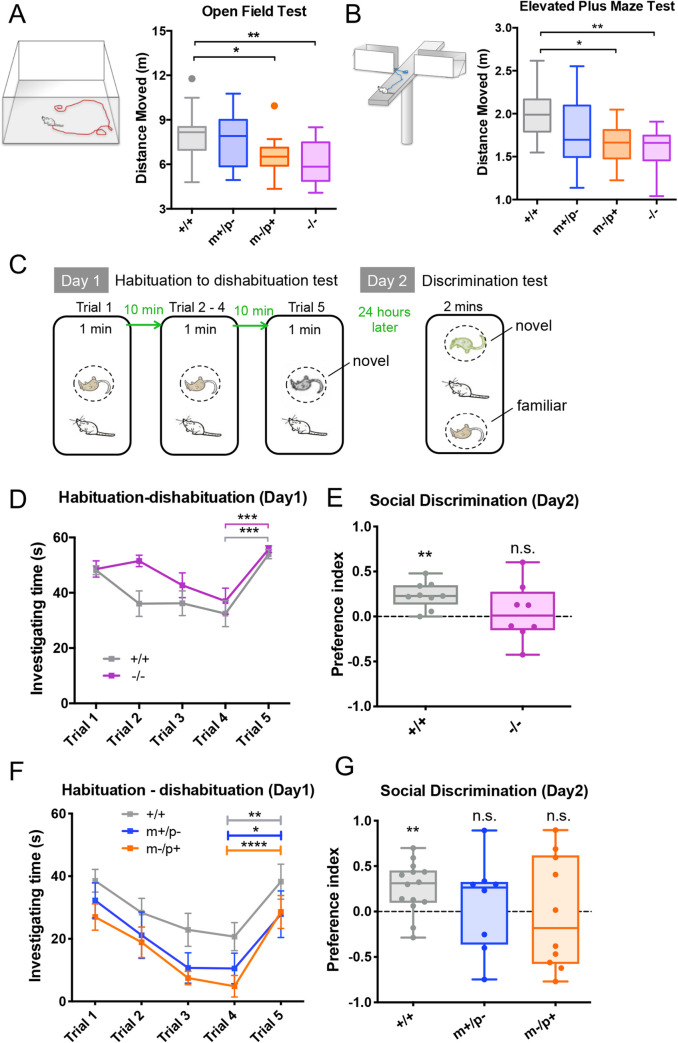Fig 5. Trappc9 deficient mice show a parent-of-origin dependent reduction in exploratory activity, and impaired social memory.
In (A) Open Field Test and (B) Elevated Plus Maze Test, mice lacking the maternal (m-/p+, n = 12) or both Trappc9 alleles (-/-, n = 13) show a significant reduction in exploratory activity compared to mice lacking the paternal allele (m+/p-, n = 12) or their wild-type littermates (+/+, n = 22). One-way ANOVA with Tukey’s post hoc test, *p<0.05, **p<0.01. In (C) Two-step social recognition test in which mice were assessed for their social learning and memory, (D) Trappc9 homozygous knock-outs (-/-, n = 11) and their wild-type littermates (+/+, n = 10) both showed normal social learning, but (E) 24 hours later in the discriminative test, homozygous Trappc9 m-/p- mice show a significant defect in social recognition as they did not distinguish a familiar mouse from a novel one (one-sample t-test, +/+ (n = 9): p<0.005, -/- (n = 8): n.s.). Preference Index (1≥ PI ≥- 1) = (sniffing time to the novel stimulus—sniffing time to the familiar stimulus) / (sniffing time to the novel stimulus + sniffing time to the familiar stimulus). (F) Maternal (m-/p+, n = 11) and paternal (m+/p+, n = 8) Trappc9 heterozygous knock-out mice show normal learning abilities compared to wild-types (+/+, n = 15), but (G) heterozygous knock-outs show similar but more variable social memory defects (one-sample t-test: +/+ (n = 14), p<0.01, m+/p- (n = 8), m-/p+ (n = 10): n.s.) Two-way ANOVA with repeat measurement for 1–4 trials: p<0.0001 for trial, n.s. for genotype; two-tail t-test for 4 and 5 trials, * p<0.05, ** p<0.01, ***p<0.001. Mice tested in (A) and (B) were males and from (C) to (E) were females.

